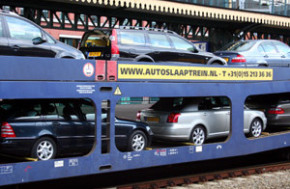
No Retirement Account Left Behind
"Auto-portability" would consolidate a plan participant's old accounts into his or her current account, automatically. Spencer Williams and Tom Johnson of Charlotte-based Retirement Clearinghouse have spent three years trying make it happen on a large scale.


